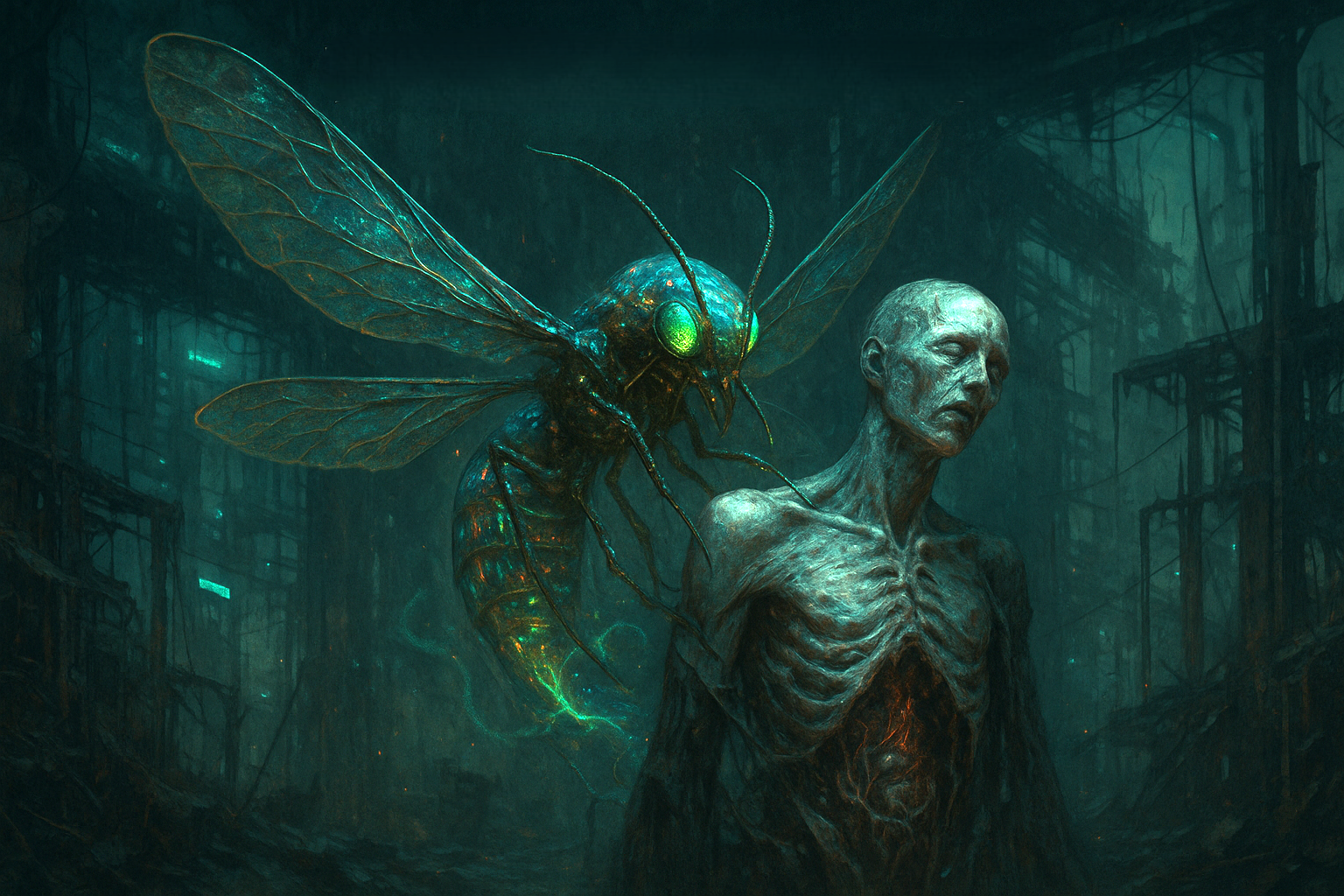Mourning Wyrm
The Mourning Wyrm is a parasitic, translucent insect that emerges only during Drift Events—cataclysmic phenomena marked by psychic instability, emotional trauma, and the spontaneous appearance of the Hollowed, dissociative victims who drift in a liminal state between life and death.
Though small in size, Mourning Wyrms are one of the most spiritually corrosive entities in the Driftlands. They implant their eggs into Hollowed hosts, consuming body and memory alike before erupting into the world in a blaze of ash, voice, and mimicry. Their presence transforms grief into a biological event.
They are the Drift’s secret, coiled in wood and dust. They wait for the world to hurt again.— Father Caldrin, Sermon on the Ash Cycle








Comments